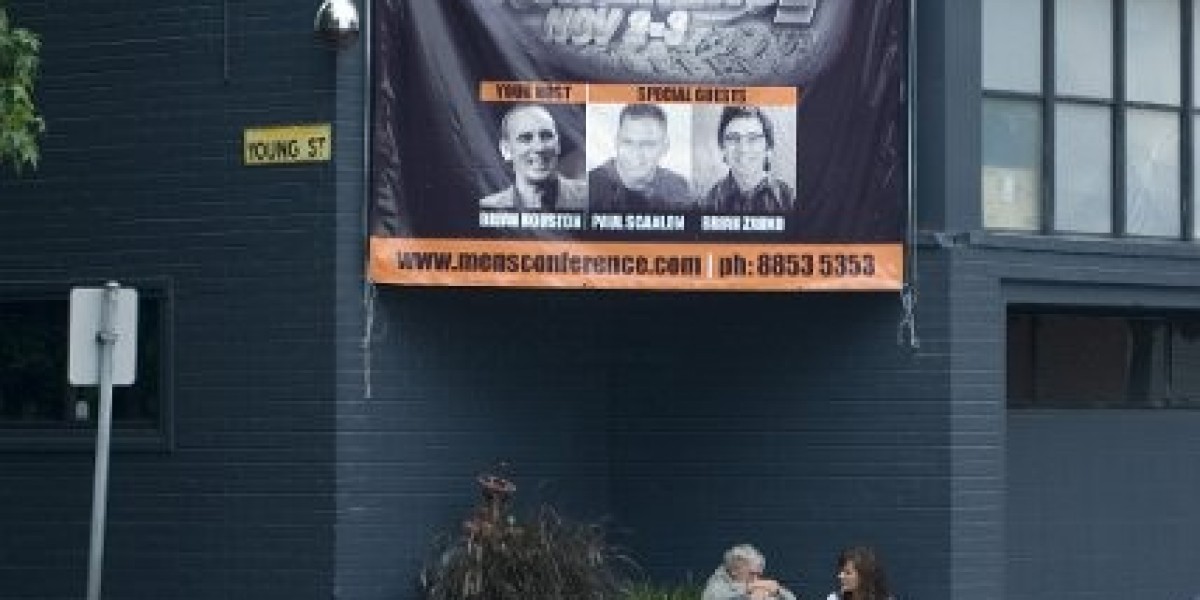The Casino Competition is a fierce and multi-layered battle fought on several distinct fronts, from the glittering high-roller rooms of Macau to the mobile phones of sports fans in Ohio. The first major competitive front is the direct rivalry between the major integrated resort operators in the world's premier destination markets. In Las Vegas, for example, giants like MGM, Caesars, and Wynn compete intensely for the lucrative convention business, the weekend tourist, and the high-spending international gambler. This competition is waged not just on the casino floor, but through the quality of their hotel rooms, the star power of their celebrity chef restaurants, the scale of their entertainment venues, and the size and flexibility of their meeting spaces. A second front is the competition between regional casinos for the loyalty of local and drive-in customers. In a crowded regional market, multiple casinos will compete for the same pool of local players, using a sophisticated combination of direct mail offers, free-play promotions, and tiered loyalty programs to win and retain their business. This is a data-driven battle for customer loyalty, where the operator with the most effective database marketing often wins.
The most profound and disruptive competitive force in the modern era, however, is the clash between the traditional, land-based casino industry and the rapidly growing world of online gaming. The rise of legal and regulated online casinos (iGaming) and mobile sports betting presents both an existential threat and a massive opportunity for the incumbent operators. It is a threat because it provides consumers with a highly convenient way to gamble from the comfort of their own homes, potentially reducing the number of visits they make to a physical casino. This has forced every major land-based casino operator to develop a digital strategy to avoid being disintermediated. The competition is now omnichannel. The most successful operators are those who are building a digital presence that is deeply integrated with their physical properties, using a single brand and a single loyalty program (like MGM Rewards or Caesars Rewards) to reward customers for both their online and in-person play. This creates a powerful ecosystem where a customer might earn loyalty points by playing slots online and then redeem those points for a free hotel stay or a fancy dinner at a physical resort.
This has also created a new competitive battleground online, pitting the digital arms of the land-based giants (like BetMGM and Caesars Sportsbook) against the digital-native, technology-first companies like DraftKings and FanDuel. The land-based players compete by leveraging their well-known and trusted brands, their massive databases of existing casino customers, and their ability to offer a true omnichannel experience. The digital-native players compete on the basis of their superior technology platforms, their agile, data-driven marketing capabilities, and their singular focus on creating the best possible mobile user experience. This battle between the established brands and the digital disruptors is the central competitive drama in the US gaming market today, a high-stakes war for customer acquisition and market share in the largest new regulated gaming market in the world. The Casino Market size is projected to grow to USD 617.67 Billion by 2035, exhibiting a CAGR of 6.48% during the forecast period 2025-2035.
Top Trending Reports -
Canada Customer Communication Management Software Market







